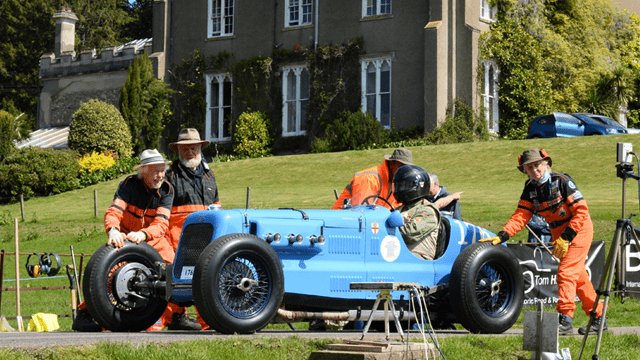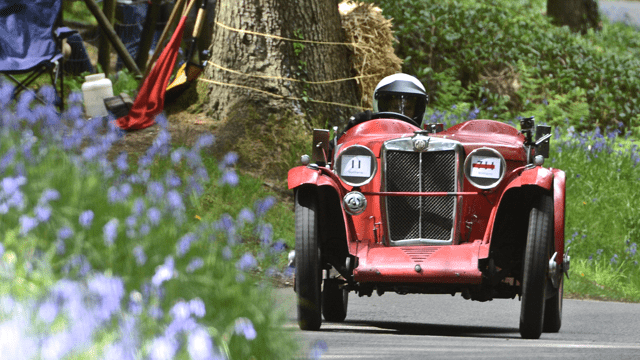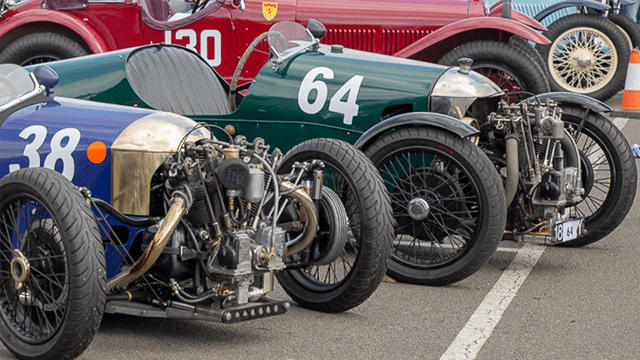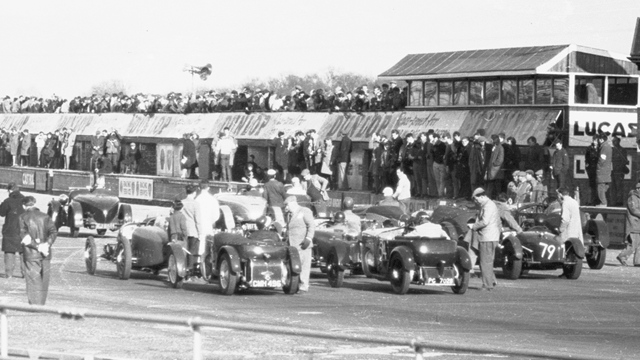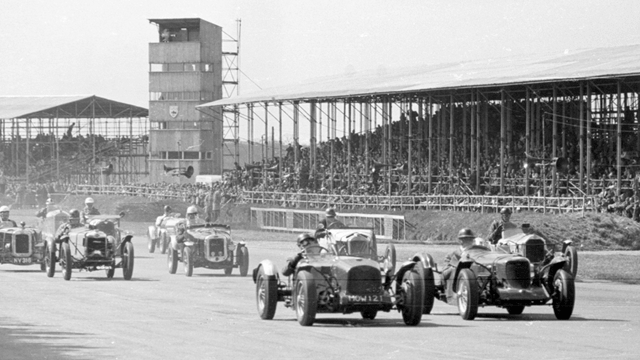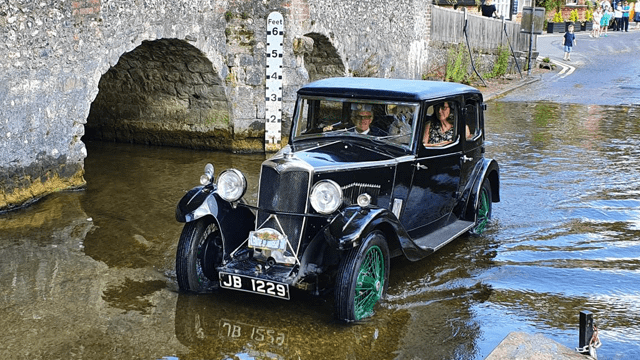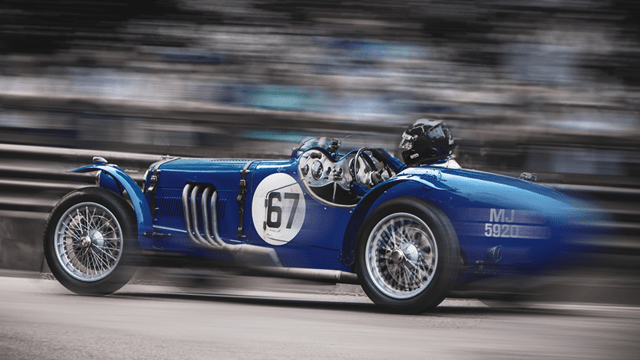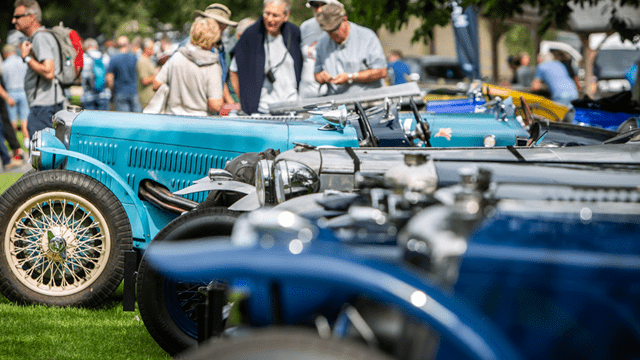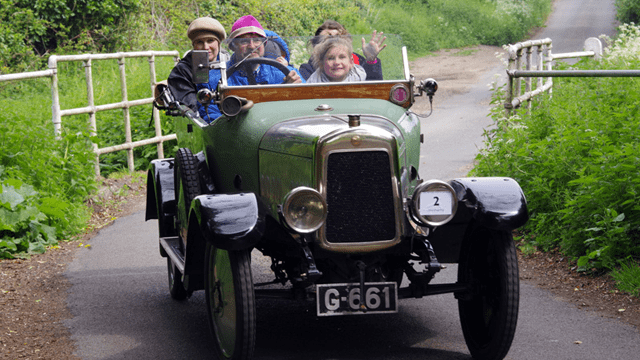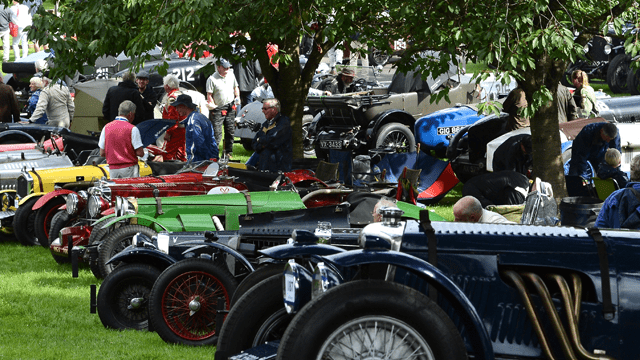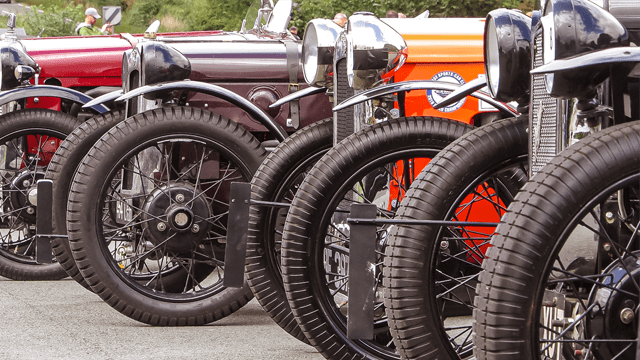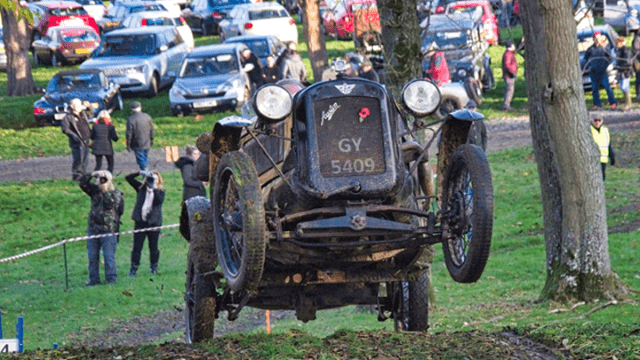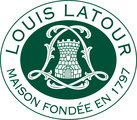NEWS
Notes from DVLA Historic Vehicle Event - Swansea, 23 September 2015
Wednesday 30 September 2015
Members will be aware that the President attended the DVLA Historic Vehicle Event last week and are no doubt keen for an update. We had been waiting for the DVLA notes to be sent out to Club’s before publishing any further information. However, it has now been over a week and so we have decided that it is more important to publish what follows than wait for the official report from the DVLA – which will be published as soon as it arrives.
Executive Summary
The event was very different from what had been expected, consisting of an introduction followed by three breakout sessions, with the attendees being split up into three groups, circulating between the sessions. The breakout sessions were based loosely around a presentation but all ended up in open forum question and answer sessions. Because of this other delegates may have come away with slightly different interpretations of the deliberations. The presentations aimed to answer as many of the previously notified questions as possible.
There was an acceptance of the difference between a monocoque construction and vehicles with separate chassis and there appeared to be a revised interpretation of accepting new bodies on existing vehicles, either as like for like or bodies of an appropriate style, even if changing from a saloon to a tourer for example.
On the other hand a vehicle build from parts from different donor vehicles would require a Q plate if it had a new body.
What was most encouraging was that the DVLA are keen to work with the clubs to understand the issues. Useful contacts were made and follow up is possible and will be necessary, but this was a good start.
I believe that there is no good reason not to re-commence participating in the V765 Scheme wherever we are the appropriate Club.
Introductions
John Vale - Team Leader Vehicle Registration Policy
80 clubs represented, with over 150 disappointed because of lack of space.
John highlighted that the rules had not changed since the local offices closed, but being centralised required more consistency, he stressed that this has nothing to do with the European Roadworthiness Directive.
The DVLA do not intend to write to all owners of historic vehicles, but will be writing to those owners where the Agency believe the records may be incorrect.
Julie Riseley – Service Designer
The higher number of rejections currently being experienced could be fixed by better communication.
She stated that they want to understand the issues.
Relationship management is seen as important, but there is no intention to give a single point of contact for any issue.
It is the Agency’s policy that appeals should not be dealt with by the person who had made the original decision, as had happened on some occasions. She asked that if this happened the matter should be reported to the Agency.
The aim of the DVLA is to reduce the burden on their customers (and, by definition for themselves).
Bob Owen – FBHVC
Bob spoke in general terms about the Federation working with the DVLA.
Breakout Session on Dating Certificates
For vehicles without a logbook information should be obtained from the manufacturer wherever possible. If it is not possible the Agency will accept Dating Certificates from individuals who have specific knowledge or expertise.
Dating evidence is only required when:
Dating Certificates are not linked to V765
Dating Certificates only apply to a complete vehicle, not for parts or a vehicle in restoration. There was considerable discussion about this as it was argued that someone buying a rolling chassis may want to be sure that a period registration would be granted, which would be confirmed by having a Dating Certificate. John Vale accepted this was an issue that the Agency needed to look at. He also wanted to understand how long after that a complete vehicle might be available for inspection, i.e. wanting to know how long a Dating Certificate for an unassembled vehicle should be valid before the vehicle was completed. A figure of 5 years was suggested.
Breakout Session on V765 Scheme and Late Conversions
There were 2,376 applications under the V765 Scheme in 2014 and this number has been increasing over the past few years. Over 10% of these applications were for Registrations Numbers for which an interest was registered before 1987 (so they have been restoration projects for 28 years!).
Vehicles must always be inspected by the club unless they are pre-1987 ‘record of interest’ vehicles, which the DVLA will inspect. The club inspection does not have to be made by the signatory of the club, but the signatory must sign that the inspection has been completed by a suitable person.
The club must be satisfied with evidence linking the vehicle to the registration number. They must refuse applications outside their scope, e.g. where there is a relevant one make club.
The Agency stressed that if in doubt the club should refuse the application and that they had an obligation is such circumstances to inform the DVLA.
Some common questions were covered:
Q: Purchased a vehicle without documentation other than an old Tax Disc
A: A Tax Disc is not sufficient evidence, there must be additional clear evidence to link the vehicle to the registration number.
Q: Historic vehicles with a separate chassis may have had a change of body in the past that had not been notified
A: The Agency would require evidence of the date of the change.
Q: What about where vehicles with a separate chassis have had a replacement body not like for like, e.g. a saloon body being replaced by a new tourer body.
A: In general it should be a like for like change, however if the replacement body was of a type (style) in keeping for the manufacturer for the year maybe acceptable, however the DVLA would need as much evidence as possible and it would be on a case by case basis.
Q: What value does the DVLA place on clubs’ recommendations
A: A lot
Breakout Session on Reconstructed Classics
This covers vehicles built up from parts, which is faithful reproduction with parts from more than one vehicle.
N.B. A change of engine would not be deemed a reconstruction.
A reconstructed Classic must be a true reflection of the marque constructed of components which are all over 25 years old. New components made to the original specification are not old, but are dated as the date of manufacture.
Reconstructed Classics are given a registration appropriate to the newest component.
For Reconstructed Classics the body (even on cars with a separate chassis) are deemed as a component, so a new body would result in Reconstructed Classic being given a Q plate, which would require the vehicle to be subjected to an IVA. N.B. The DVLA have recognised this as being a particular issue to pre-war cars with separate chassis and body and have agreed to take it away and look at it.
A Reconstructed Classic would be given a new VIN number (any original chassis number must be erased) and the log book would show it was built from parts.
The DVLA did concede that it was difficult to draw the line between restoration and re-construction, but the underlying rule was that re-construction was for parts from different vehicles.
Question and Answer Session
The DVLA are aiming to get consistency as soon as possible. They want feedback from the clubs and will try to give an indication when things will be done.
If details are recorded incorrectly on a V5 these should be sent to the DVLA with an explanation as to why it should be changed.
Q: What is the DVLA’s attitude to Specials?
A: They could be a Reconstructed Classic, but if it has new components (including a new body) it must have a Q plate.
A list of attendees, copies of the presentations and answers to questions raised on the day will be issued to the attendees.
The event was very different from what had been expected, consisting of an introduction followed by three breakout sessions, with the attendees being split up into three groups, circulating between the sessions. The breakout sessions were based loosely around a presentation but all ended up in open forum question and answer sessions. Because of this other delegates may have come away with slightly different interpretations of the deliberations. The presentations aimed to answer as many of the previously notified questions as possible.
There was an acceptance of the difference between a monocoque construction and vehicles with separate chassis and there appeared to be a revised interpretation of accepting new bodies on existing vehicles, either as like for like or bodies of an appropriate style, even if changing from a saloon to a tourer for example.
On the other hand a vehicle build from parts from different donor vehicles would require a Q plate if it had a new body.
What was most encouraging was that the DVLA are keen to work with the clubs to understand the issues. Useful contacts were made and follow up is possible and will be necessary, but this was a good start.
I believe that there is no good reason not to re-commence participating in the V765 Scheme wherever we are the appropriate Club.
Introductions
John Vale - Team Leader Vehicle Registration Policy
80 clubs represented, with over 150 disappointed because of lack of space.
John highlighted that the rules had not changed since the local offices closed, but being centralised required more consistency, he stressed that this has nothing to do with the European Roadworthiness Directive.
The DVLA do not intend to write to all owners of historic vehicles, but will be writing to those owners where the Agency believe the records may be incorrect.
Julie Riseley – Service Designer
The higher number of rejections currently being experienced could be fixed by better communication.
She stated that they want to understand the issues.
Relationship management is seen as important, but there is no intention to give a single point of contact for any issue.
It is the Agency’s policy that appeals should not be dealt with by the person who had made the original decision, as had happened on some occasions. She asked that if this happened the matter should be reported to the Agency.
The aim of the DVLA is to reduce the burden on their customers (and, by definition for themselves).
Bob Owen – FBHVC
Bob spoke in general terms about the Federation working with the DVLA.
Breakout Session on Dating Certificates
For vehicles without a logbook information should be obtained from the manufacturer wherever possible. If it is not possible the Agency will accept Dating Certificates from individuals who have specific knowledge or expertise.
Dating evidence is only required when:
- The vehicle has not previously been registered in the UK, or
- The original registration number is unknown
Dating Certificates are not linked to V765
Dating Certificates only apply to a complete vehicle, not for parts or a vehicle in restoration. There was considerable discussion about this as it was argued that someone buying a rolling chassis may want to be sure that a period registration would be granted, which would be confirmed by having a Dating Certificate. John Vale accepted this was an issue that the Agency needed to look at. He also wanted to understand how long after that a complete vehicle might be available for inspection, i.e. wanting to know how long a Dating Certificate for an unassembled vehicle should be valid before the vehicle was completed. A figure of 5 years was suggested.
Breakout Session on V765 Scheme and Late Conversions
There were 2,376 applications under the V765 Scheme in 2014 and this number has been increasing over the past few years. Over 10% of these applications were for Registrations Numbers for which an interest was registered before 1987 (so they have been restoration projects for 28 years!).
Vehicles must always be inspected by the club unless they are pre-1987 ‘record of interest’ vehicles, which the DVLA will inspect. The club inspection does not have to be made by the signatory of the club, but the signatory must sign that the inspection has been completed by a suitable person.
The club must be satisfied with evidence linking the vehicle to the registration number. They must refuse applications outside their scope, e.g. where there is a relevant one make club.
The Agency stressed that if in doubt the club should refuse the application and that they had an obligation is such circumstances to inform the DVLA.
Some common questions were covered:
Q: Purchased a vehicle without documentation other than an old Tax Disc
A: A Tax Disc is not sufficient evidence, there must be additional clear evidence to link the vehicle to the registration number.
Q: Historic vehicles with a separate chassis may have had a change of body in the past that had not been notified
A: The Agency would require evidence of the date of the change.
Q: What about where vehicles with a separate chassis have had a replacement body not like for like, e.g. a saloon body being replaced by a new tourer body.
A: In general it should be a like for like change, however if the replacement body was of a type (style) in keeping for the manufacturer for the year maybe acceptable, however the DVLA would need as much evidence as possible and it would be on a case by case basis.
Q: What value does the DVLA place on clubs’ recommendations
A: A lot
Breakout Session on Reconstructed Classics
This covers vehicles built up from parts, which is faithful reproduction with parts from more than one vehicle.
N.B. A change of engine would not be deemed a reconstruction.
A reconstructed Classic must be a true reflection of the marque constructed of components which are all over 25 years old. New components made to the original specification are not old, but are dated as the date of manufacture.
Reconstructed Classics are given a registration appropriate to the newest component.
For Reconstructed Classics the body (even on cars with a separate chassis) are deemed as a component, so a new body would result in Reconstructed Classic being given a Q plate, which would require the vehicle to be subjected to an IVA. N.B. The DVLA have recognised this as being a particular issue to pre-war cars with separate chassis and body and have agreed to take it away and look at it.
A Reconstructed Classic would be given a new VIN number (any original chassis number must be erased) and the log book would show it was built from parts.
The DVLA did concede that it was difficult to draw the line between restoration and re-construction, but the underlying rule was that re-construction was for parts from different vehicles.
Question and Answer Session
The DVLA are aiming to get consistency as soon as possible. They want feedback from the clubs and will try to give an indication when things will be done.
If details are recorded incorrectly on a V5 these should be sent to the DVLA with an explanation as to why it should be changed.
Q: What is the DVLA’s attitude to Specials?
A: They could be a Reconstructed Classic, but if it has new components (including a new body) it must have a Q plate.
A list of attendees, copies of the presentations and answers to questions raised on the day will be issued to the attendees.



